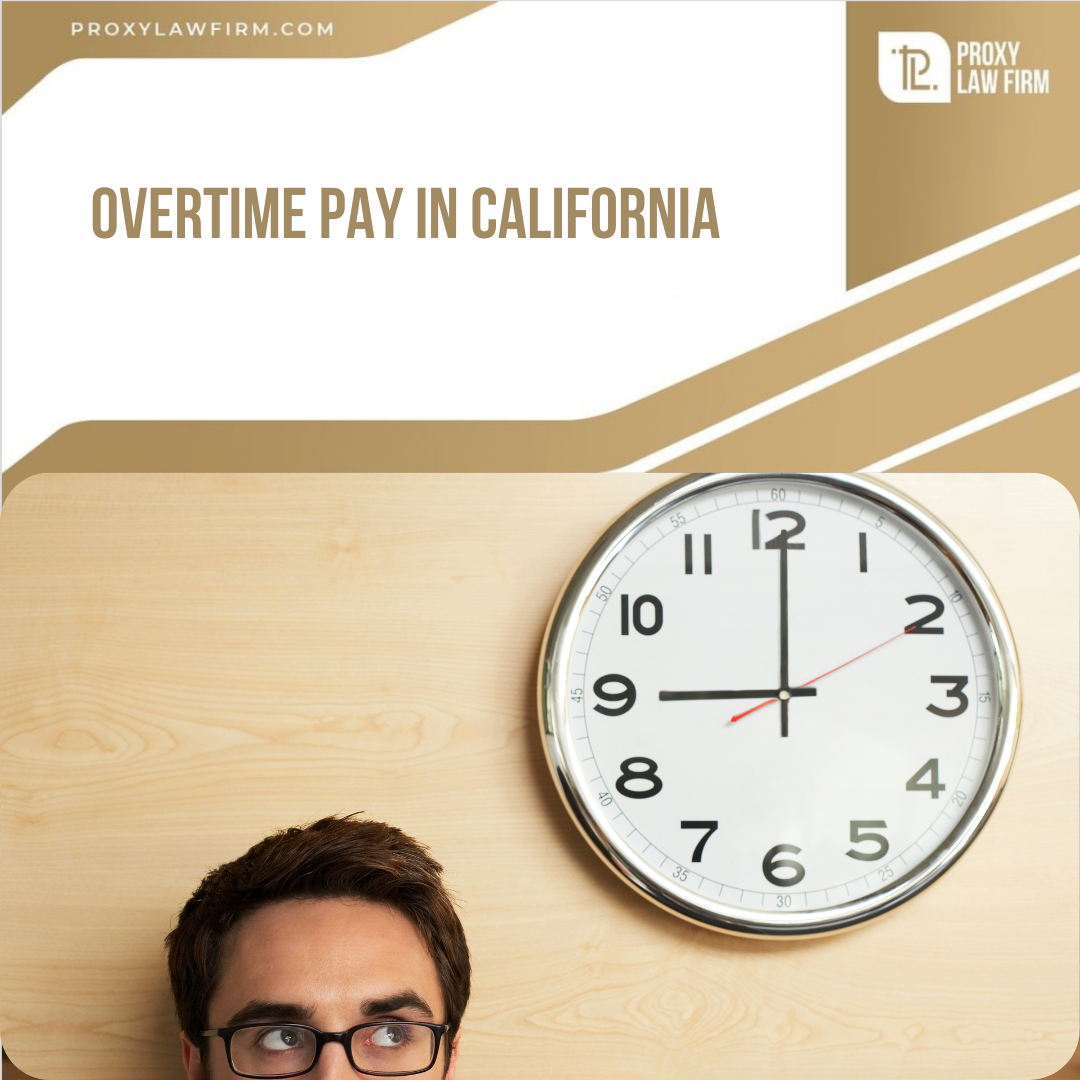The laws of the state of California require that non-exempt employees receive overtime payments under certain circumstances. The majority of non-exempt employees are paid on an hourly basis, which makes calculating the overtime payment easier.
How sure are you that your company is correctly calculating your payment? If you are not 100% confident, an excellent way to verify this is to identify your eligible overtime hours and figure out your company’s “regular rate” through the HR department. For example, some hours are eligible for 1.5 times your pay rate, and others for double the amount.
How to know which are my eligible hours for overtime payment?
A workday is defined as a consecutive 24-hour period that can start at any time of the day. The employer usually establishes this time, and it should remain consistent and unchanged. Overtime per day is based on the hours worked in any given workday. Employees are entitled to overtime pay after working more than 8 hours in a workday.
On the same note, a workweek is defined as seven consecutive days that always start on the same day every week. Just like with the workday, the employer establishes the day, and it should remain consistent. Different employees can have different workweek starts, but that day should be consistent for each worker. Employees are entitled to overtime pay after working over 40 hours in a workweek.
How do you know which hours are eligible for 1.5 times rate and which for double pay rate?
The hours eligible for the 1.5 times rate are:
- Hours that you work over 40 hours in one workweek
- Hours over 8 hours on a single workday, up to 12 hours
- The first 8 hours worked on the seventh workday in a row in a single workweek
The hours eligible for the double pay rate are:
- Hours worked beyond 12 hours in a single workday
- Hours worked beyond 8 hours on the seventh workday in a row in a single workweek
Make sure that you get paid for all the hours worked at the correct rate! And if you are not, contact Proxy Law Firm for a free consultation.





